The Material is the Message - Trends by Li Edelkoort
“Today, we operate everything with the touch of a button, but soon, everything will operate with the sound of our voice, and I fear that our hands will fall off because we will no longer use them”. These are the words with which international trend forecaster, Li Edelkoort began her lecture during her visit to Israel. Although it is unlikely that our hands will fall off in the foreseeable future, Edelkoort’s fear comes not only from the transition to voice commands, but from the fact that the digital era enables designers today to trace processes, which they once were only able to do using their hands, and Edelkoort fears that there will no longer be a need for them.
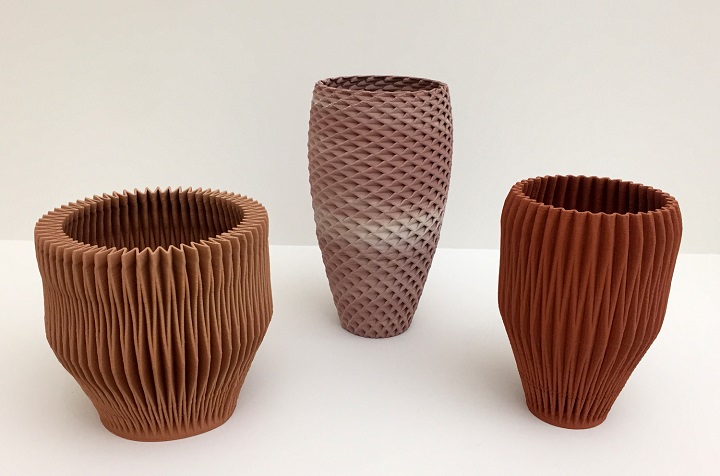
Image: Olivier Van Herpet; Exhibited at: Dream Out Loud. Photo by: Yuval Saar
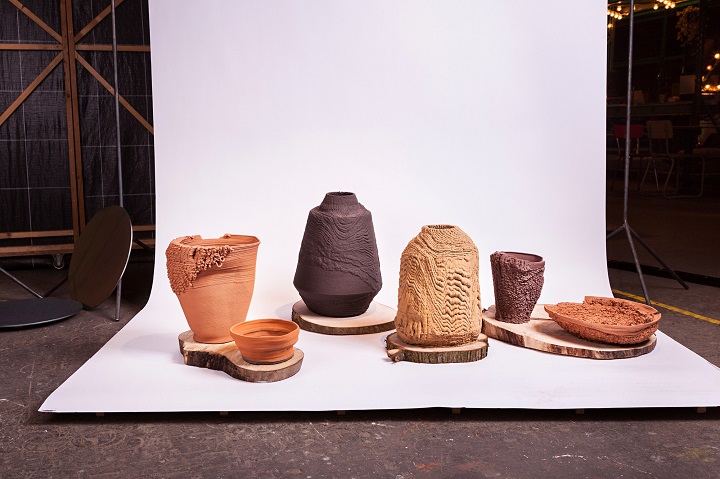
Image: Adaptive Manufacturing by Sander Wassink; Photo by: Ronald Smits
“Many young designers are going back to traditional production processes but they are making the machines ‘their own’, through providing a contemporary interpretation of the Zeitgeist”, she says. “Instead of seeing an enemy in the machine, they harness it for the benefit of their creative process, change it, hack it and make it what they want it to be. The machine, in this case, complements the handmade work, rather than contradicts it. With the help of the designers, the machine follows human forms, including the defects and imperfections, which makes the end product beautiful and unique. The designers began to use 3-dimensional printers in order to obtain an authentic appearance precisely by means of human involvement, and give special attention to finishes, with the conscious decision to leave the defects in order for the final result to be more inviting and human”.
According to Edelkoort, this is especially important in the virtual world that enters every aspect of our lives: “We are constantly in front of screens, but as we see more screens, we have more contact. People love touching things and therefore we will see more of an emphasis on textures and consistencies, even in our washing-up liquid. This is also one of the challenges for designers today: how to include more textures into a product. In psychological or philosophical terms, the textures give the material a special status: The material has a power; an aura; a destiny of its own.”
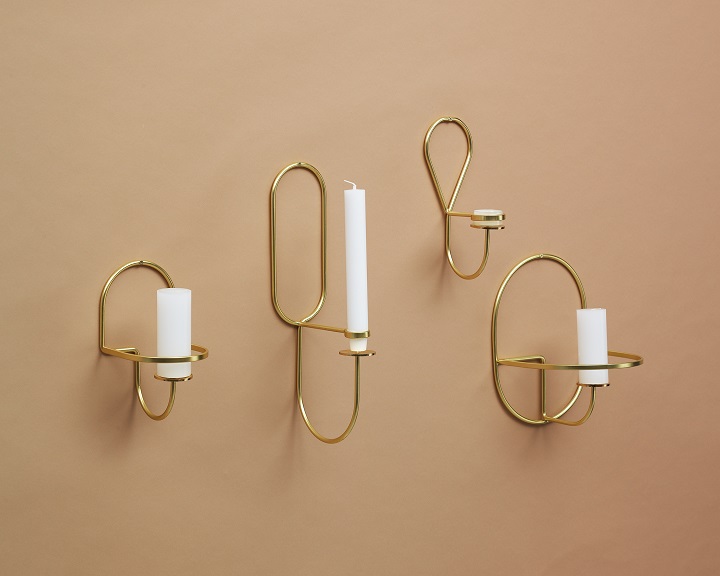
Image: Yup Wall by HAY; Photo by: PR
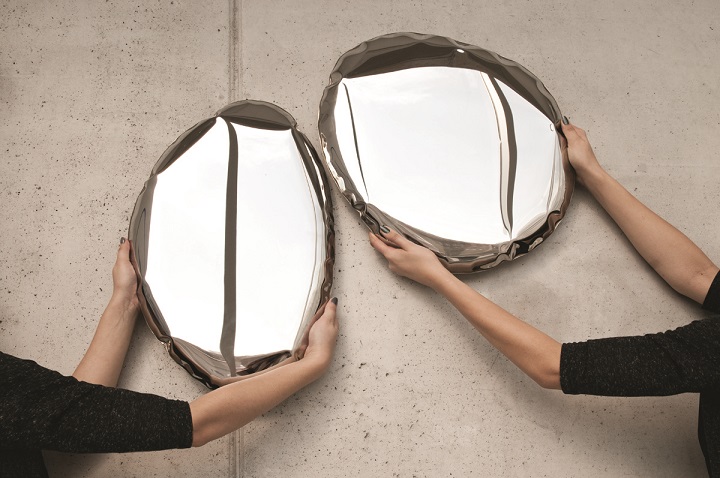
Image: Tala Mirrors by Zieta Prozessdesign; Photo by: PR
“Even if at first glance it is not possible to see the difference, the texture of the material has importance, and this is also the reason that we will continue to see a combination of art and design, in completely new objects where we didn’t see it before. It is no longer enough to just recycle the old: The new objects that we design need to have brand new lives, and they will always be a combination of a few things together – a combination of small objects that create one new object, special connections, sometimes by hand, sometimes through chemical processes, strange colours, shapes, reusing old, worn out products. They get a second life by means of reinvention, at times grotesque”.

Image: Shino Takeda; Photo by: Shino Takeda
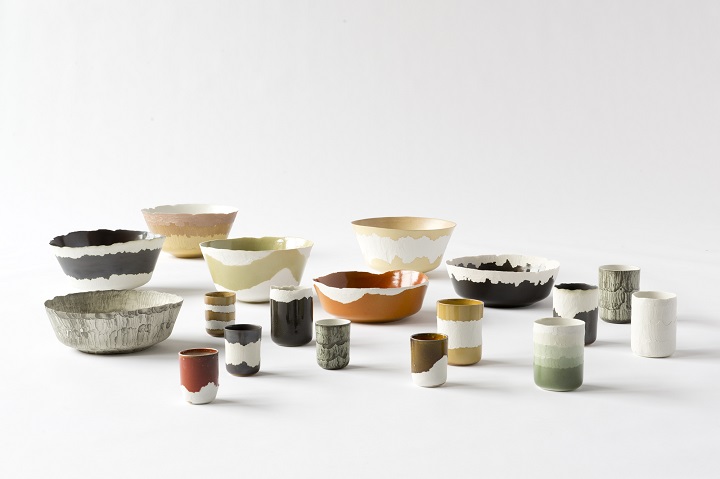
Image: Studio Floris Wubben; Photo courtesy of: Floris Wubben
Edelkoort, born in 1950, is one of the most influential fashion, textile, and lifestyle trend forecasters in the world, who made trend forecasting a profession. She was born in Holland and today lives in Paris. She is an international lecturer, a design exhibition curator all over the world, and is recognised for her ongoing work and the inspiration she has on artists in various fields. She headed the Design Academy in Eindhoven for ten years and made it one of the leading and most influential academies in the world. Time Magazine previously named her one of the top 25 most influential people in the world in fashion and Icon Magazine named her one of the top 30 most influential people in the design world.
Edelkoort, who has been collaborating with Caesarstone in recent years, lectured at the Caesarstone Design Forum, and reviewed the trends that we will see in the design world in the coming years. In using her personal kitchen, she sampled a few contemporary trends: independent storage units, kitchens that are turning more and more into “labs”, with a lot of work surfaces and no overhead cupboards. “Everything is on one horizontal plane; it doesn’t feel like a kitchen and in a certain sense, it looks like any other room.” The trends that she presented are also expressed on the Caesarstone surfaces, which in recent years, have stretched the limits of the material and offer designs that are characterized by veins that were inspired by natural elements and natural stones such as the Calcutta stone and the Statuario stone; or in concrete designs that provide an interpretation of the industrial trend that has been used a lot in the design world in recent years.
In 2010, Edelkoort curated the Post Fossil exhibit at 21_21 DESIGN SIGHT in Tokyo, and later at the Design Museum Holon, which presented how contemporary design is actually influenced by pre-historic aesthetics, from organic materials and poetic processes that originate in the past. According to Edelkoort, this trend will also continue in the coming years: objects that reflect the new fashion trends of the 21st century and present a wide range of natural and sustainable materials like wood, leather, pulp, fibres, earth and fire, along with the use of simple tools and techniques that indicate a modest and restrained lifestyle.
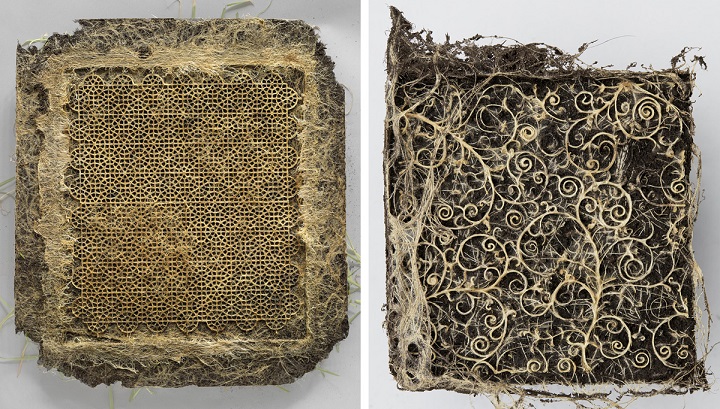
Image: Harvest by Diana Scherer; Photo by: Diana Scherer

Image: Atelier NL; Exhibited at Dutch Design Week; Photo by: Yuval Saar
The natural feeling, the return to the past and the emphasis on that which is tactile will also be expressed in the world of textiles. Textiles will continue to have a dominant presence in the coming years, as part of the impact of “what comes from the Earth, from the minerals, from the soil”. This will be expressed in organic shapes, both in kitchens and in furniture and decorative items. With respect to colour, textiles and objects will be seen in yellows, oranges, and greens, “edible” colours that originate from food, alongside bold colours combined with pastels, with unexpected colour transitions.
“We will continue to see a broad use of wood, whether for simple and pragmatic storage needs or as a platform for organic patterns and images, or as a sculptural material for creating decorative furniture with rougher textures. In addition, we will see more and more material combinations such as ceramics and glass, wood, concrete, cement, paper and metal, in both bathrooms and kitchens, which allow for solid designs with various tones of colours, that are suitable for flooring, cladding, inside and outside, in various combinations of polished and rough, artificial and organic, hot and cold, old and new, glossy and matte, dark and light.
״At the end of the day, the past and the future will blend perfectly”, Edelkoort concludes. “Designers are rethinking our tools: some seem as if they are making a primitive, Viking transition, through the use of blending contrasting materials, and some are made of a combination of expensive and inexpensive materials, a strange mix of hi-tech and low-tech, which is very artistic but all very justified. This is an architectural glance that looks to the past in order to understand the future; returns to the past in order to help survive the changes of today”.
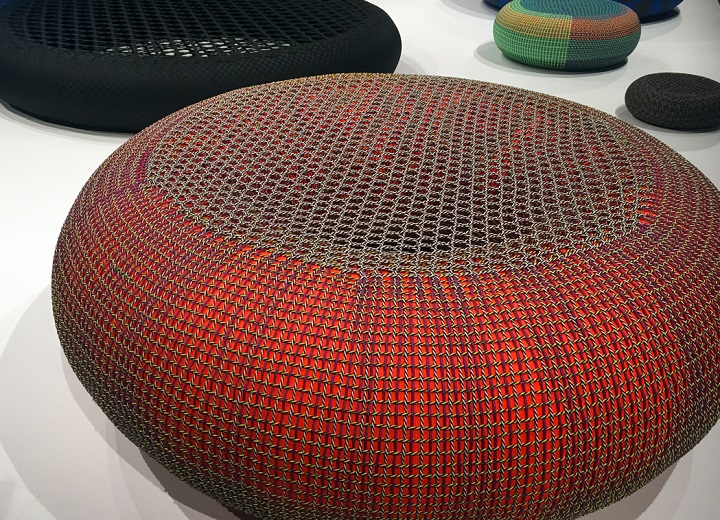
Image: Bertjan Pot for “The Nature of Motion by Nike”, Milan Design Week 2016; Photo by: Yuval Saar
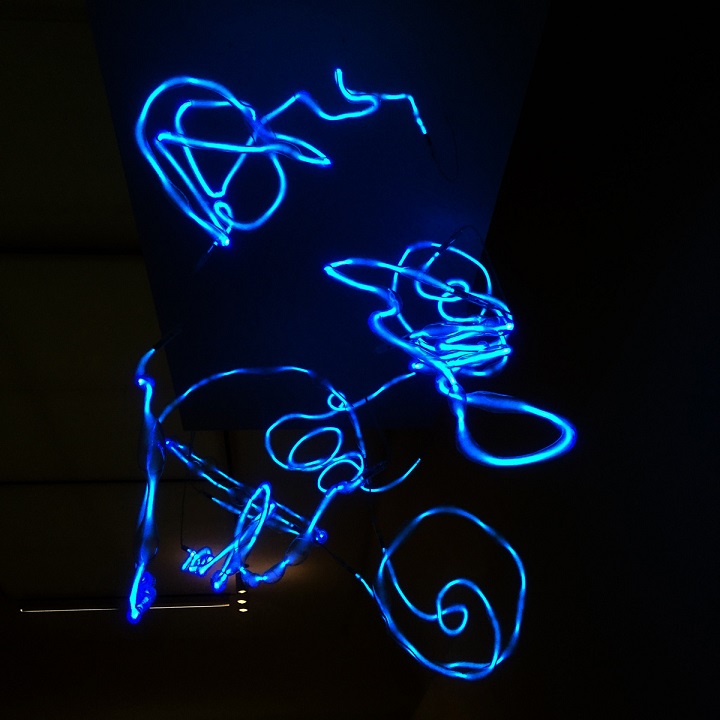
Image: Phenomeneon by Pieke Bergmans; Exhibited at: Dream Out Loud; Photo by: Yuval Saar
Recommended For You
-

White on white
With the transformation of the kitchen being the most significant space in the home, at the same time the need arose to design a space with a neutral color that fades into the overall design of the house.
Read More -

The Concrete Effect- Industrial and Minimalistic
Exposed concrete has transformed from an architectural industrial material to a source of inspiration which is constantly reinterpreted by designers- it has entered the living space at home, the world of furniture and is even worn on the body
Read More -
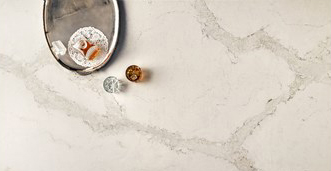
An Everyday Masterpiece - Calacatta Nuvo 5131
Caesarstone presents Calacatta Nuvo 5131 - a design inspired by the unique texture of the luxurious Calacatta stone.
Read More